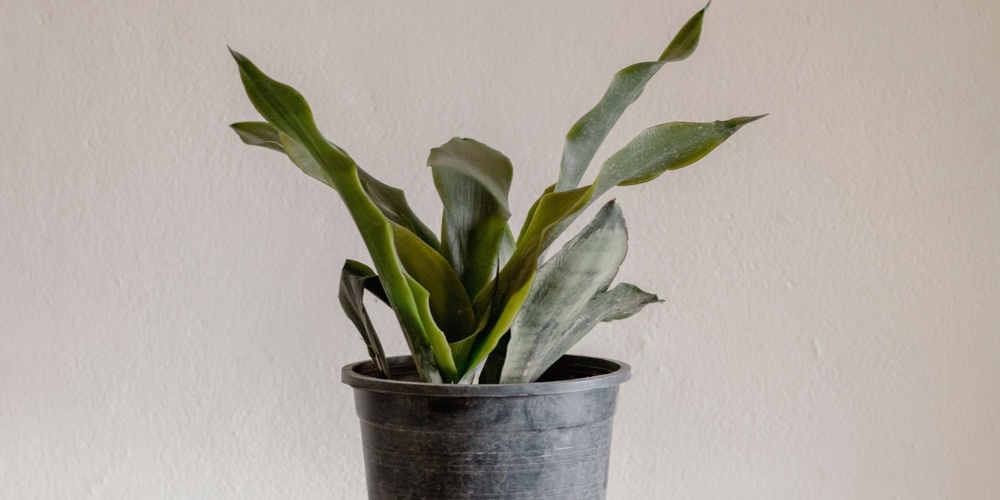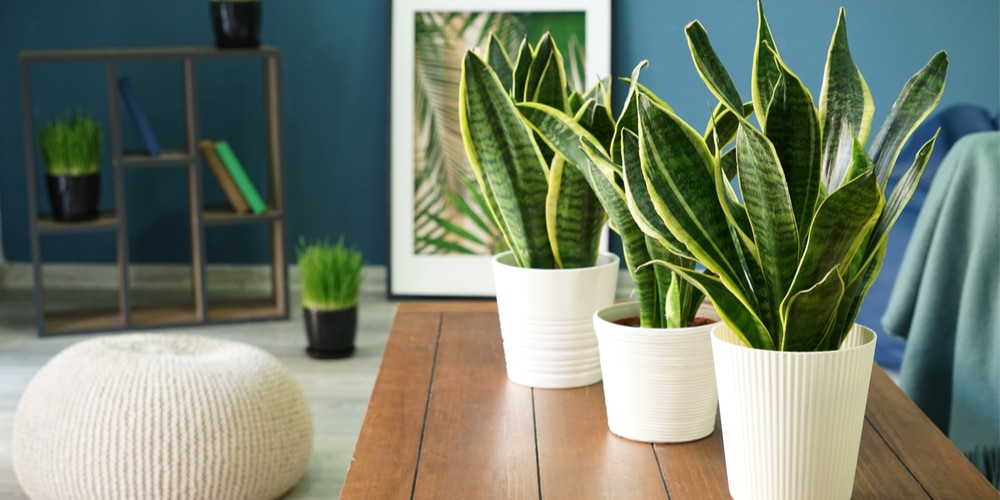Dracaena trifasciata, aka Snake Plant, is known to be tough as nails and requires very little care or maintenance. However, you might think that since they’re technically a plant, snake plants must have fertilization needs as well. Let’s take a look at the best fertilizer for snake plant growth along with its soil type and requirements.
Does a Snake Plant Need Acidic or Alkaline Soil?
The ever-popular and beloved houseplant does not need too much sun in order to thrive. The same goes for the soil snake plants sit in. They are known to happily accept any kind of soil, except those that retain too much moisture and would not allow water to pass.
However, if you really want what is best for your snake plant then you should follow the optimal soil pH level and type.
Snake plants do best in a soil pH range of between 5.5 to 7.5, which is neutral to slightly acidic. However, most varieties will readily accept soil pH ranges of 4.5 to 8.5 without experiencing significant growth stunt.
What is the Best Soil Type for Snake Plants?
Snake plants are not too particular in terms of soil type and will live and grow in nearly any soil you have available. However, the most important characteristic of a snake plant medium is that it should be well-draining and should not hold moisture for prolonged periods.
Dracaena trifasciata do not like wet soil and will quickly suffer from root rot if they’re in a constantly moist medium. These plants tend to favor dry soil rather than a consistently moist one, so keep this in mind when watering your snake plants.
You’ll want to hold off on the watering for 5 to 7 more days when you notice the soil surface is dry. Indoors, you can wait a week or two before giving your snake plant a drink.
Generally speaking, you can put your snake plant in a straight succulent or cactus potting mix without adding anything to it. For garden soil or topsoil, it is recommended that you amend with sand or perlite in a 60-40 ratio to make the medium a bit looser.
Pumice, compost, and peat moss may also be added to achieve optimal pH or to provide extra nutrients the snake plant might need as it grows.
Alternatively, you can use a soilless potting mix so you won’t put your snake plants in danger of overwatering and root rot, along with a terracotta container so water gets out faster.
When watering, make sure to provide infrequent irrigation, but do cover the whole soil so all the roots can get a drink. Then, wait a week or two before watering again.
What is the Best Fertilizer for Snake Plant?
The best fertilizer for snake plants is a well-balanced formula that contains equal parts nitrogen, phosphorus, and potassium. It can be in granular or liquid form, but should come from a reputable brand or garden center.
A 10-10-10 NPK ratio should be fine for your snake plants. A single feeding at full strength during the plant’s growing season should be enough to give it the nutrients to stay strong and healthy. However, you can divide that into two and feed your snake plants twice in a span of 6 weeks at a half-strength dosage.
If you do not wish to spend more time thinking about fertilizing your snake plants, then you can opt for a slow-release formula and feed your snake plants in spring. Make sure to follow the manufacturer’s instructions on the packaging or label to avoid fertilizer burn.
As a side note, snake plants generally do not need to be fertilized regularly. Their native soil is nutritionally poor and rocky, and snake plants are adapted to live in these kinds of conditions.
They’re similar to succulents and cacti in that they only need light and warm temperatures to grow. Your houseplant will welcome the extra nutrients you provide but it won’t really mind if you hold off on fertilizing now and then.
Best fertilizer for snake plant: Conclusion
You can provide organic compost and even a dose of coffee grounds as an alternative to commercial fertilizer products. Make sure your dracaena trifasciata gets enough light and lives in a warm environment for green healthy leaves and longevity.
Related article: Snake Plant Watering Guide


